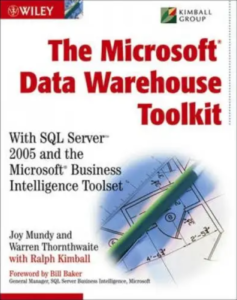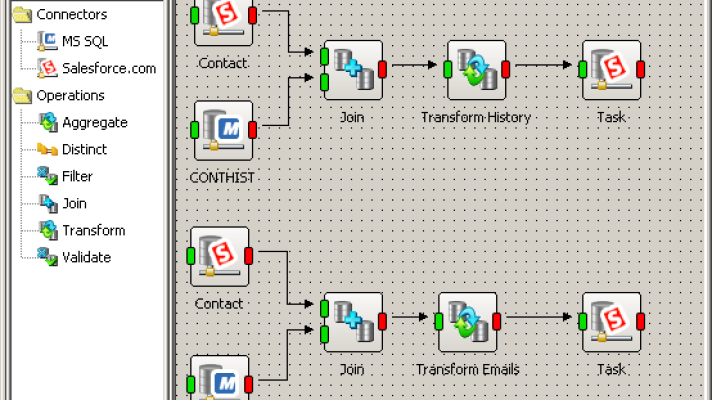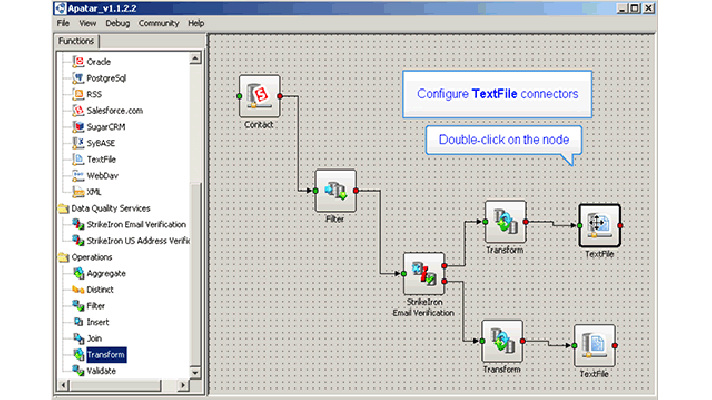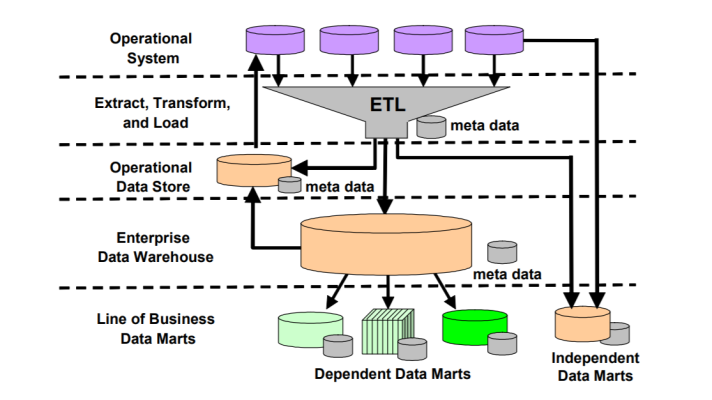Acquisitions and Mergers: Adding New Systems into a Data Warehouse
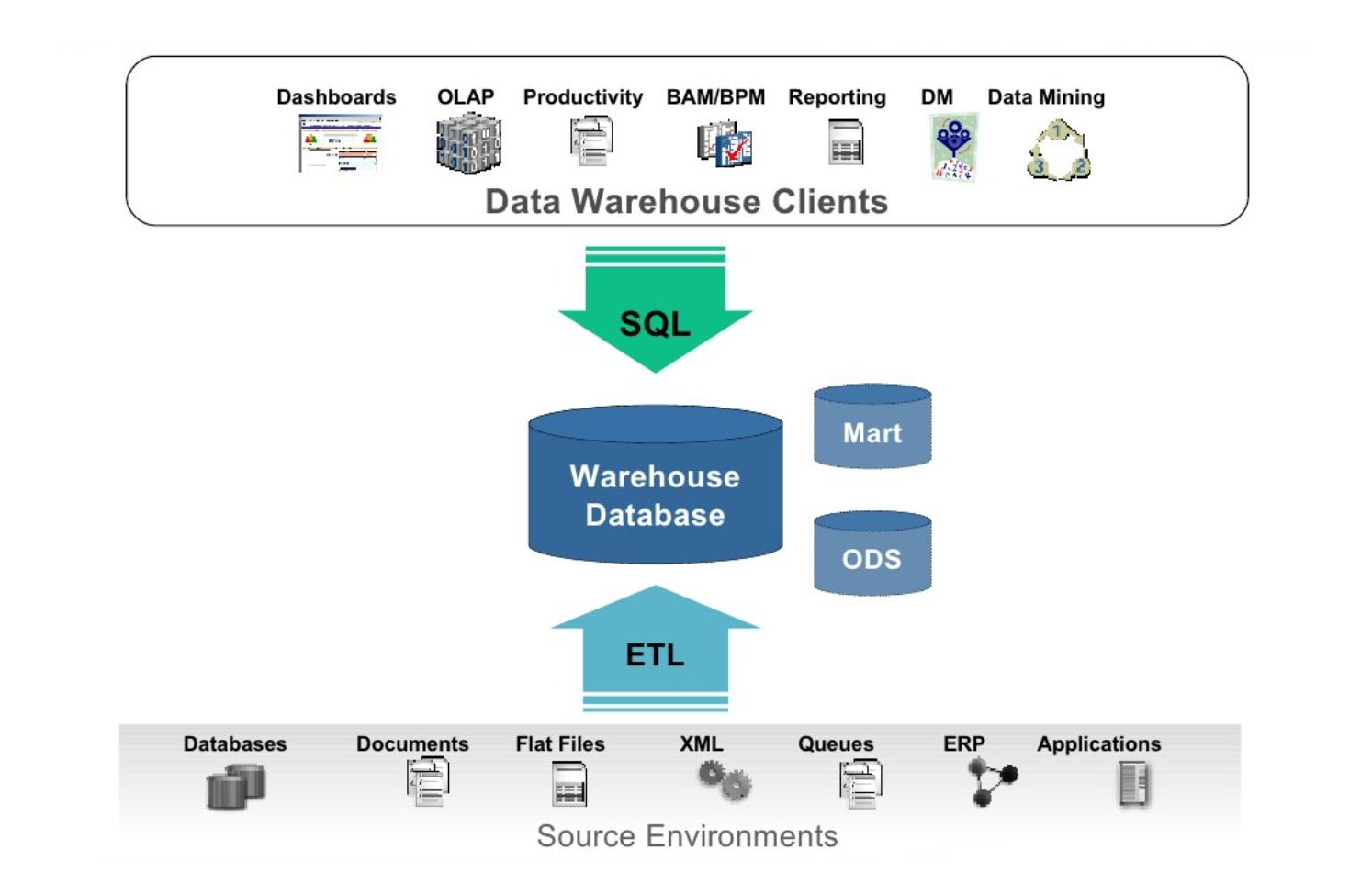
CDI: why interoperability is essential
Customer data with no doubt is an asset, especially for customer-centric companies. It gives a clear understanding of who the customers are and what their needs are, essential information for measuring and analyzing the effectiveness of company’s work.
We all remember those talks about mergers and acquisitions among companies due to the present economic downturn. Integrating new systems acquired with the merger or acquisition in a data warehouse is a big challenge for those in charge.
When mergers or acquisitions occur, customer data is being put at risk, because customer data integration being not an easy thing within a company, in case of mergers gets even more complex. The name of the factor making the whole thing that complex is interoperability.
Why interoperability is of such an importance for those responsible for data integration? Okay, here are some points.
Even within one company customer data is being spread between different systems. This means different tools and solutions created by different people and being used for different periods. Moreover, all those systems utilize different data models and architectures.
So, interoperability of company’s systems, or their ability to communicate with each other, may provide better customer data integration and save amounts of time and money needed to make all those disparate tools work together.
Best practices to consider
There are several things with respect to ETL integration from one system to the other one can do to make this process easier. Here is an advice by Joe Oates, an internationally known consultant on data warehousing:
- Get involved as early as possible. Work out an arrangement with IT management so that the data warehouse team can be involved with the planning for the merger or acquisition from the start.
- In your requirements gathering, you should have obtained a list of the top 20 questions that each manager or involved stakeholder in the current data warehouse project would like to get from the data warehouse. Consolidate these questions into a single list and run them by the management of the new company as well as your existing management to see if they still apply and if any new questions are needed. This is something you should do periodically.
- Prepare templates for the ETL process flow. You may not have much time to bring the new systems in. You also may have to bring on inexperienced resources to do the ETL. Having well-designed templates that handle the overall flow of the ETL, the dimension processing, fact processing, exception processing and audit trail will be invaluable. The best source for this information in a readily available book that I have seen is “The Microsoft Data Warehouse Toolkit: With SQL Server 2005 and the Microsoft Business Intelligence Toolset” by Ralph Kimball, et al. Regardless of the database system or ETL tool that you may use, the section on how to develop the ETL is excellent and the principles can be transferred to any ETL tool or database.
- You will probably want to have two or more phases involved in bringing the data over from the new company. It is much easier to handle several smaller ETL projects than one gigantic ETL project. Regardless of whether you can or not, the previously mentioned templates will make your life much easier.
- Negotiate a trial period or parallel if the acquired company already has a DW. You may have to develop special reports and/or analyses for the new company. Being able to work out the details before going into full production will help you set expectations and help ensure a smoother transition.
Now, getting the data from all those systems into one place makes the famous single customer view which is the goal of customer data integration. It helps improve selling by delivering the fullest information about company’s customers. Plus, support of a single system costs far less then support of multiple systems across the company.




